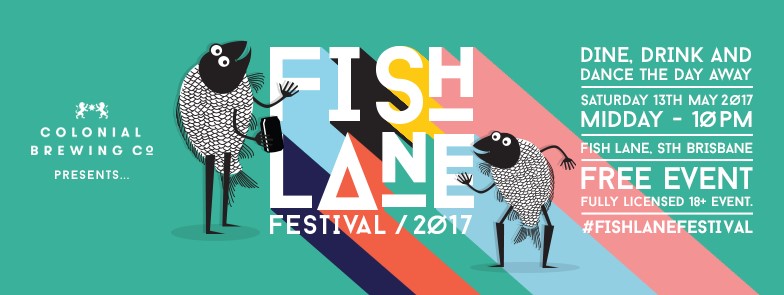One of the pleasures of visiting the world’s greatest cities is the excitement of discovery; you never quite know what’s in store when you get lost down a side street or a maze of laneways.
You hope for a surprise around every corner; where venues for food, fashion and art can be hidden behind a non-descript door, and where bold street art is secreted just out of view.
When you think of Australian laneways you think of Melbourne’s Centre Place and its hole-in-the-wall cafes, of Hosier Lane and its oft-photographed cutting-edge street art, or of Meyers Place and its renowned out-of-the-way watering holes.
Historically, laneways have evolved organically through their use as thoroughfares — laneways are often shortcuts or on-foot connections between destinations. Driven by patterns of public use, their creation is significant and tells a story of their history as places that people gravitate towards instinctually. Activating these sites harnesses their natural pull and can create a sense of community and belonging not otherwise found in busy CBD streets.
The unique culture of laneways transforms their surrounding areas into destinations and creates an attractive residential hub. People want to live in and around vibrant spaces, and the community culture and lifestyle amenity of laneways is a major drawcard.

